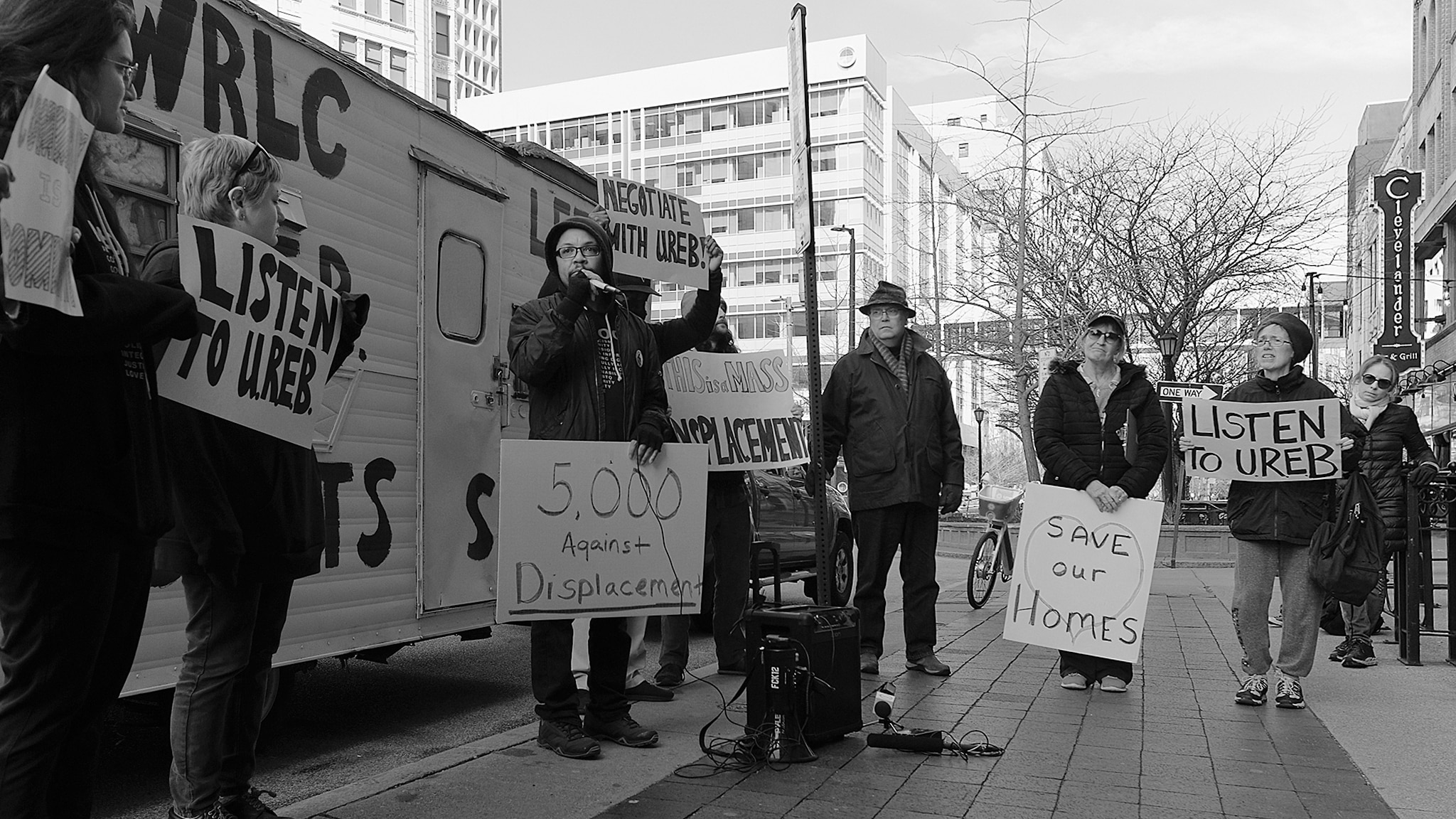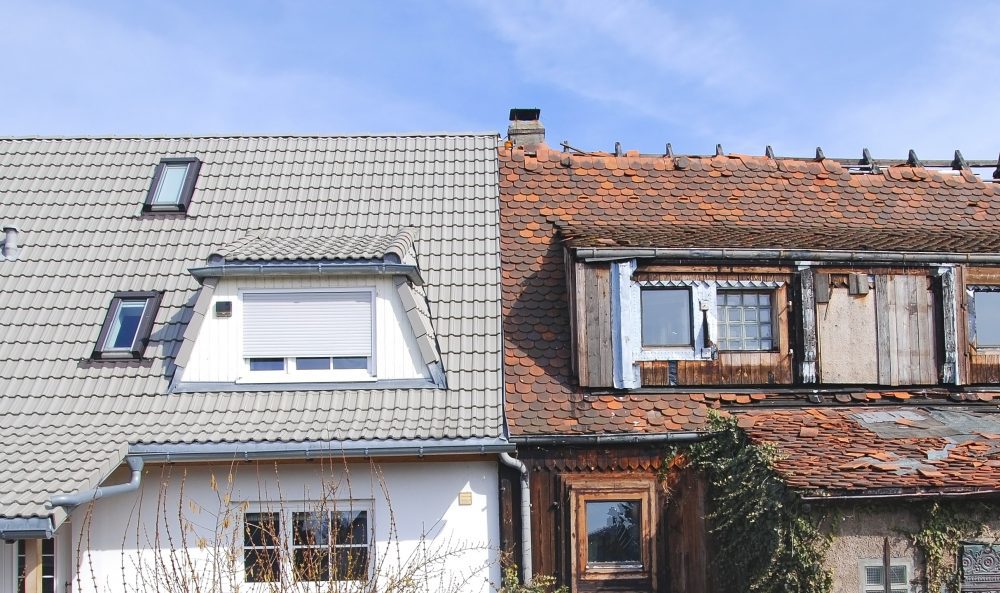New, efficient buildings can offer all sorts of energy, water, and other environmental savings — in addition to offering modern amenities desired by tenants. But there’s an emerging school of thought that is reevaluating the environmental value of building new.
In recent years, a handful of studies have endeavored to answer a complex question: What are the environmental impacts of constructing new buildings, and are they outweighed by the efficiency benefits that can be achieved with those new buildings? The answers may surprise you. One Canadian study, for example, found that it takes around 37 years for an efficient, new commercial building to recover the carbon expended during the construction process. Another study, this one from the United Kingdom, estimates that the net carbon savings from constructing a new green home begin only after 35 to 50 years.
This is because buildings are vast repositories of energy. It takes energy to manufacture or extract building materials, more energy to transport them to a construction site, still more energy to assemble them into a building. All of that energy is embodied in the finished structure — and if the structure is demolished and landfilled, the energy locked up in it is totally wasted. What’s more, the process of demolition itself uses more energy — and, of course, the construction of a new building in its place uses more yet.
In early 2012, the National Trust for Historic Preservation will complete a new study comparing the environmental impacts of demolition and new construction to building reuse using Life Cycle Assessment (LCA), an internationally recognized evaluation system that examines the potential environmental and human health effects associated with products and services from creation through use and disposal. In partnership with Cascadia Green Building Council, Quantis LLC, Skanska, and Green Building Services, the study tests six different building typologies (including single family, commercial, and an elementary school) in four climate zones of the United States to understand the costs and benefits of reuse and retrofit compared to new construction and inform the decision to reuse existing buildings versus build new.
Tune into PreservationNation.org or Shelterforce’s blog, Rooflines.org, in early 2012 to see study results and discuss their implications for affordable green housing.




Comments